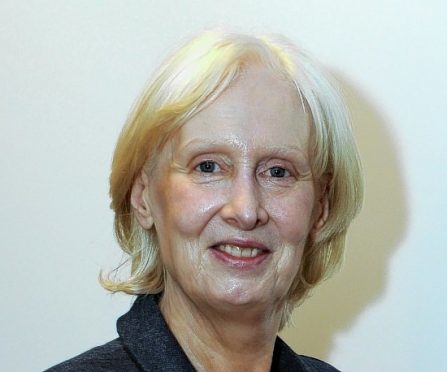There have been many high profile examples of companies getting it wrong when communicating with the world in the aftermath of a disaster.
It is so easy to get wrong of course, in that an ill chosen word, the wrong expression, the anxiety about what is being asked, the consciousness of the high stakes involved and the scale of the public interest can all result in poorly thought out interactions.
And of course today everything is so immediately available to the world that anything that is said and done will be immediately visible and can be the subject of scrutiny, analysis and comment by the world within an hour.
Gone is the time when a company or government might have days to consider how to communicate an incident to a wider audience.
Poor examples abound and often become the subject of even greater interest than the original incident. Think of the carbon monoxide poisoning that killed two children in Greece.
Thomas Cook’s handling of that incident has resulted in headlines such as the one that appeared in the Guardian in May this year ‘Thomas Cook should ‘hang its head in shame over deaths of children in Corfu’. One of the major continuing criticisms has been the failure of Thomas Cook to apologise nine years after the deaths occurred.
Of perhaps greater interest is to look at some recent excellent examples of communicating effectively in a crisis, where lessons appear to have been learned about how good communications principles can assist in preserving public confidence in a company – despite the fact that something has gone catastrophically wrong.
So what are the critical factors in dealing well with a disaster?
Being apologetic and meaning it
Of course one of the major reasons why crisis communications go wrong is organisational anxiety about culpability and liability. Lawyers and others argue against apology which might construe liability, fault and even guilt.
Financial managers translate this into risk and cost. However consider the excellent example of Merlin Entertainments, owner of Alton Towers, where there was a much publicised recent rollercoaster accident. This was swiftly followed by a full and frank admission of apology – and responsibility. Merlin wrote personally to all of the injured or their families in the most unguarded and direct manner:
“Irrespective of the outcome of the current investigations into the causes of the accident, in these letters we have accepted full responsibility to those who had been injured in the accident and confirmed that we will ensure that compensation will be provided to them … We have recommended each of the injured guests or their families instruct a lawyer and submit a claim for compensation which we will ensure is dealt with swiftly and sensitively.”
Being open and meaning it
Poor public relations can result from a myriad of causes but few things can rock an organisation more than a public relations nightmare.
Public relations disasters occur as often in good times as bad, when high street jewellery chain Ratner made a PR fluff it wasn’t in a crisis but when owner Gerald Ratner was speaking at the height of their success – and perhaps somewhat complacently – at an industry dinner, where he felt it would be appropriate to make fun of company products and hence their own customers.
Compare Lufthansa’s response to their pilot deliberately flying their plane into mountains killing 150 people. Lufthansa CEO, Carsten Spohr, in a situation where though financial liability was likely to be high it was clear that company reputation for trustworthiness would be even more critical, acknowledged liability, conveyed empathy and distress, while giving assurance of taking action to improve the situation.
An airline can recover from financial challenge; loss of passenger trust would be devastating. When Spohr said: “To tell you the truth we have no explanation at this moment”, it had the ring of truth. He also committed to full and open investigation and to putting in place enhanced safety measures, rather than seeking to limit liability and accountability.
Meaning it
Above all it is important that those speaking publicly come across as authentic.
In both of these cases, the CEOs have spoken to and been interviewed by the media, encountering inquisitorial interrogation. In particular and somewhat ironically over 50000 signatories called for Kay Burley of SKY news to be sacked for her bullying interview of Merlin CEO Nick Varney. It was a hugely challenging interview which might have had very serious public relations consequences had Mr Varney responded inappropriately. His handling of the interview is quite exemplary and might be used as a case study in media management exercises – ‘I’m not sitting here shirking responsibility for what has happened’ (Varney, 5 June). It is an interview that we will share with our students of Public Relations for critical analysis.
Both Merlin Entertainments and Germanwing, owner of Lufthansa, were clear in acknowledging responsibility and committing to open investigation. That has meant that they as an organisation have not become the focus of investigation and negative comment as a result of their response to the incident. Their credibility and trustworthiness, and hence their organisation’s reputation, have not been dented and – whatever their liability might prove to be – that will stand them in the best place for the future.
In both instances these are companies facing up to the fact that something has gone wrong which might have been preventable and for which they are responsible and morally accountable, not dealing with an act of god or terrorist attack.
No doubt both companies have in place crisis management plans and no doubt both men have had training in how to deal with disaster.
At the end of the day both companies recognised that losing customer trust and confidence would be devastating and so their communications have conveyed the three most important characteristics – being sorry, being open and being authentic.
